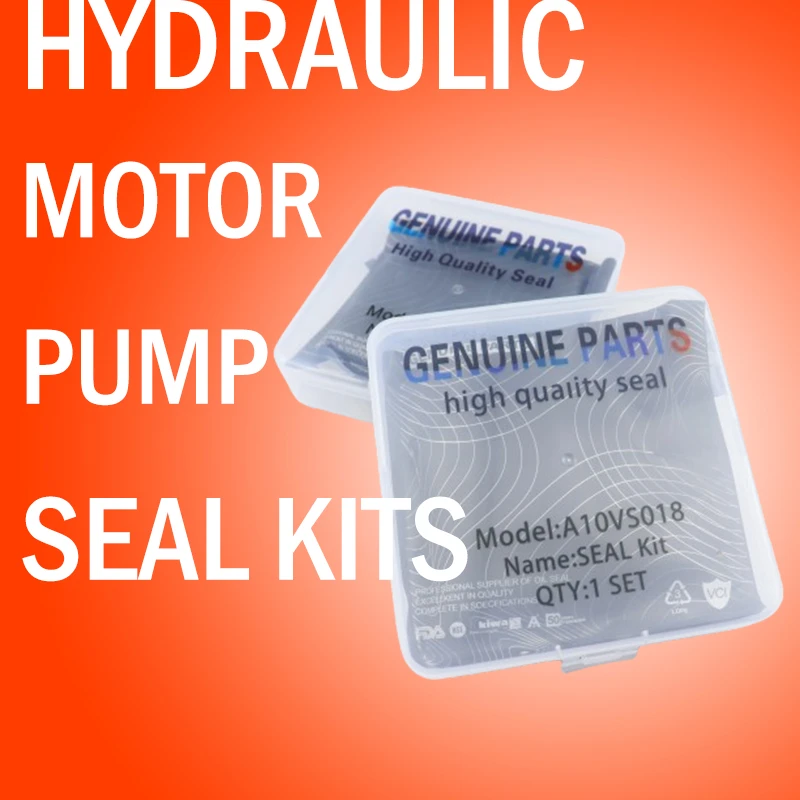Nov . 27, 2024 03:31 Back to list
Essential Seals for Hydraulic Cylinders and Their Importance in Machinery Performance
Hydraulic Cylinder Seals Essential Components for Performance and Durability
Hydraulic cylinders are integral to a wide range of machinery and equipment, functioning as the muscle behind countless applications, from construction equipment to industrial machines. At the core of their operation are hydraulic seals, which are critical for maintaining performance and ensuring the longevity of hydraulic systems. This article will delve into the importance of hydraulic cylinder seals, their types, materials, and best practices for maintenance.
The Role of Hydraulic Cylinder Seals
Hydraulic cylinder seals serve multiple functions within a hydraulic system. Primarily, they prevent the leakage of hydraulic fluid both inside and outside of the cylinder. This containment of fluid is vital for the efficient transmission of force within the system, directly affecting the responsiveness and power output of the machinery. Additionally, seals protect internal components from contaminants, such as dirt and moisture, which can lead to corrosion and failure.
Beyond leakage prevention, hydraulic seals also facilitate the smooth movement of the piston within the cylinder. This is necessary for the reliable and controlled operation of the machinery, enabling tasks like lifting, pushing, or pulling with precision. By ensuring a tight seal, these components help maintain pressure and enhance the overall efficiency of the hydraulic system.
Types of Hydraulic Cylinder Seals
There are several types of hydraulic seals used in cylinders, each designed to meet specific operational needs
1. Rod Seals These seals are positioned at the end of a rod, preventing fluid leakage past the rod when the cylinder is actuated. They are engineered to withstand wear from dynamic movement.
2. Piston Seals Found within the cylinder bore, piston seals provide a barrier against fluid escaping past the piston. They are crucial for maintaining system pressure during operation.
3. Wipers or Scrapers These seals serve as a protective layer, cleaning the rod as it retracts, and preventing dirt and debris from entering the cylinder. This contributes to the longevity of both the seal and the cylinder.
4. Backup Rings Used in conjunction with other seals, backup rings prevent extrusion of softer materials under high-pressure conditions, thus enhancing seal durability.
Materials Used in Hydraulic Seals
hydraulic cylinder seals

The choice of material for hydraulic cylinder seals is crucial, as it must withstand high pressure, temperature variations, and exposure to different hydraulic fluids
. Common materials include- Nitrile Rubber (NBR) Known for its excellent resistance to petroleum oils, NBR is one of the most commonly used materials for hydraulic seals.
- Fluoroelastomer (FKM) Ideal for high-temperature applications, FKM seals offer superior resistance to aggressive chemicals and fluids.
- Polyurethane (PU) Praised for its excellent wear resistance, PU seals are often used in high-pressure hydraulic applications due to their durability.
- PTFE (Teflon) With outstanding chemical resistance and low friction properties, PTFE is an excellent choice for dynamic seals in various environments.
Best Practices for Maintenance
To ensure optimal performance and longevity of hydraulic cylinder seals, adhering to best practices for maintenance is essential
- Regular Inspection Routine checks for wear, tear, and leakage can help identify potential problems before they escalate.
- Cleanliness Keeping the working environment clean minimizes contamination, which can degrade seals over time.
- Fluid Compatibility Using the correct hydraulic fluid enhances seal performance and reduces the risk of chemical damage.
- Proper Installation Ensuring that seals are installed correctly and without damage is vital to prevent early failures.
In conclusion, hydraulic cylinder seals are fundamental components that directly affect the performance and durability of hydraulic systems. By understanding their functions, types, materials, and maintenance practices, engineers and operators can ensure that their hydraulic systems operate smoothly and efficiently, minimizing downtime and repair costs. Investing in quality seals and adhering to proper maintenance protocols is essential for maximizing the lifespan and reliability of hydraulic machinery.
-
TCN Oil Seal Metal Ring Reinforcement for Heavy Machinery
NewsJul.25,2025
-
Rotary Lip Seal Spring-Loaded Design for High-Speed Applications
NewsJul.25,2025
-
Hydraulic Cylinder Seals Polyurethane Material for High-Impact Jobs
NewsJul.25,2025
-
High Pressure Oil Seal Polyurethane Coating Wear Resistance
NewsJul.25,2025
-
Dust Proof Seal Double Lip Design for Construction Equipment
NewsJul.25,2025
-
Hub Seal Polyurethane Wear Resistance in Agricultural Vehicles
NewsJul.25,2025
-
The Trans-formative Journey of Wheel Hub Oil Seals
NewsJun.06,2025
Products categories
















